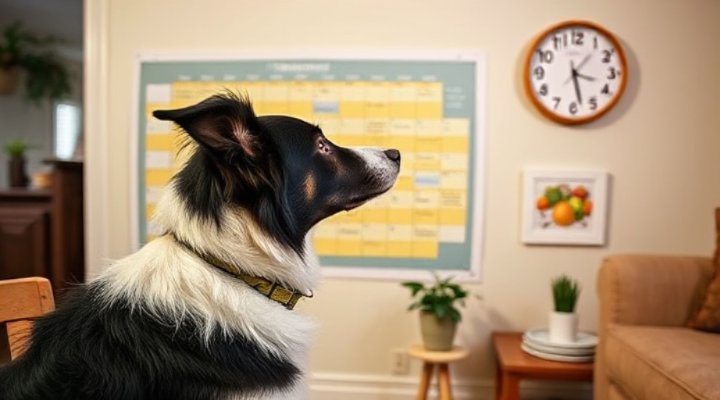House training an adult dog might seem daunting, but with the right approach, it can be a rewarding experience for both you and your pet. Unlike puppies, adult dogs often come with established habits, which means you’ll need patience and consistency to help them adapt to new routines. Above all, remember that every dog learns at their own pace, and positive reinforcement is key to success.

Understanding Your Adult Dog’s Needs
Before diving into house training, it’s crucial to understand your dog’s current habits and needs. For example, does your dog have accidents at specific times of day? Are there certain triggers that lead to accidents? Identifying these patterns will help you tailor your training approach. Meanwhile, consulting resources like our guide on crate training adult dogs can provide additional insights into creating a comfortable environment for your pet.
Additionally, consider your dog’s health. Sometimes, accidents can be a sign of medical issues. If you notice frequent or sudden changes in your dog’s bathroom habits, a visit to the vet is advisable. That is to say, ruling out health problems ensures you’re addressing behavioral rather than medical concerns.

Establishing a Consistent Routine
Consistency is the cornerstone of house training an adult dog. Dogs thrive on routine, so establishing regular feeding, walking, and bathroom breaks is essential. For instance, take your dog out first thing in the morning, after meals, and before bedtime. Likewise, praise and reward your dog immediately after they eliminate outside to reinforce the behavior.
Moreover, keep a log of your dog’s bathroom habits. This can help you identify patterns and adjust the schedule as needed. During the initial stages, you might need to take your dog out every few hours. Gradually, you can extend the time between breaks as your dog becomes more reliable.

Using Positive Reinforcement Effectively
Positive reinforcement is one of the most effective methods for house training an adult dog. When your dog eliminates outside, reward them with treats, praise, or playtime. Consequently, they’ll associate going outside with positive outcomes. On the other hand, avoid punishment for accidents, as it can create anxiety and hinder progress.
Furthermore, be patient and consistent with rewards. Even if progress seems slow, celebrating small victories builds your dog’s confidence. For more tips on positive reinforcement, check out our article on positive reinforcement dog training.

Managing Accidents with Patience
Accidents are inevitable during the house training process. When they happen, clean the area thoroughly to remove odors that might attract your dog back to the same spot. Use an enzymatic cleaner specifically designed for pet messes. But, if you catch your dog in the act, interrupt them gently and take them outside immediately.
Subsequently, praise your dog if they finish outside. Remember, scolding or rubbing your dog’s nose in the mess is counterproductive. Instead, focus on reinforcing the desired behavior. Over time, your dog will learn where it’s appropriate to go.

Creating a Safe Space with Crate Training
Crate training can be a valuable tool for house training an adult dog. Dogs naturally avoid soiling their sleeping area, so a properly sized crate can help them develop bladder control. Ensure the crate is comfortable and never used as punishment. Meanwhile, gradually increase the time your dog spends in the crate to prevent anxiety.
Additionally, combine crate training with a consistent bathroom schedule. For example, take your dog out immediately after releasing them from the crate. This reinforces the connection between being let out and going outside to eliminate. For more detailed guidance, explore our crate training guide.
Final Thoughts and Additional Resources
House training an adult dog requires time, patience, and consistency, but the results are well worth the effort. By understanding your dog’s needs, establishing a routine, and using positive reinforcement, you can help your pet succeed. Most importantly, celebrate progress and remain patient throughout the process.
For further reading, consider visiting authoritative sources like the American Veterinary Medical Association or the American Kennel Club. And don’t forget to check out our related articles on top dog training techniques and how to train your dog at home.
Related Keywords: adult dog potty training, how to train an older dog, housebreaking an adult dog, dog behavior training, effective dog training methods
